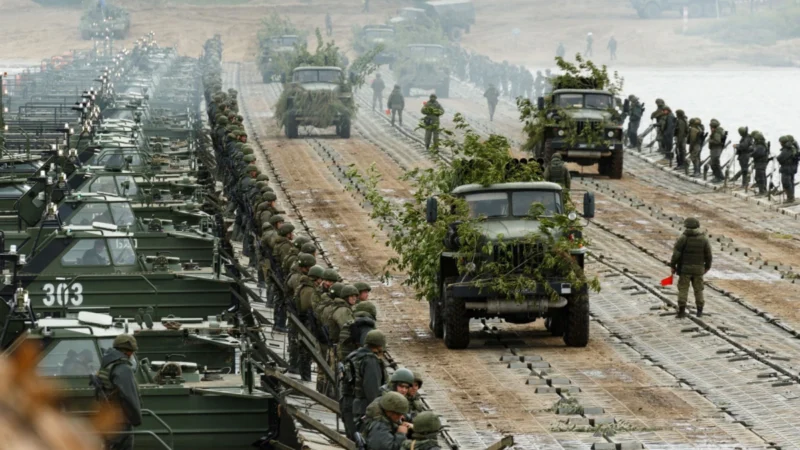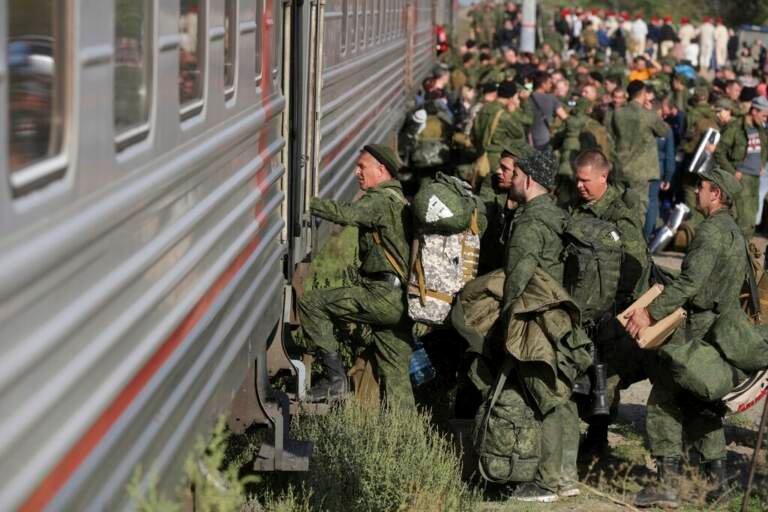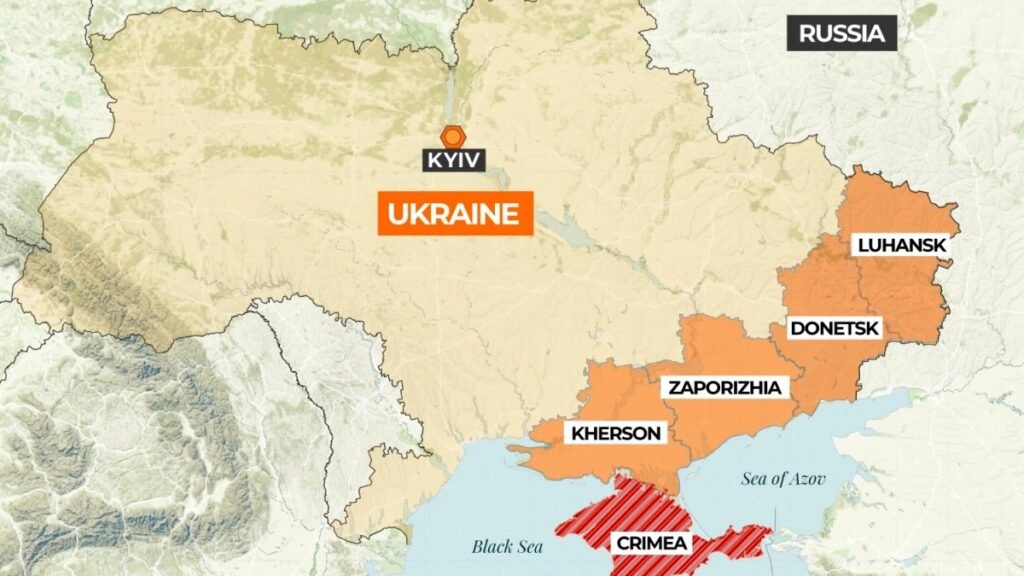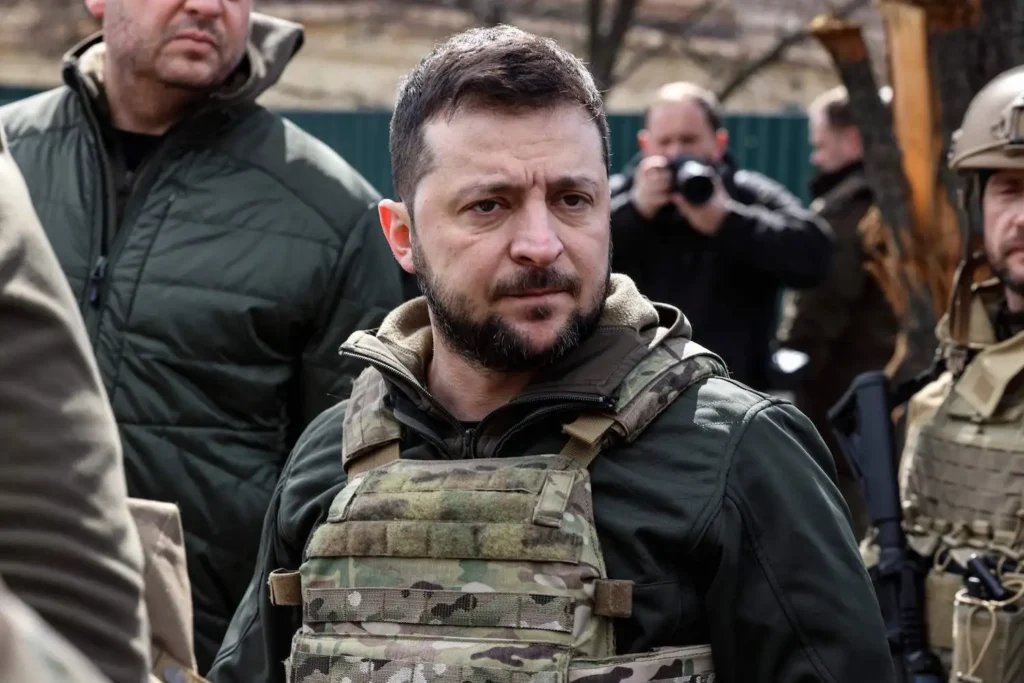Putin’s Calculated Tactics: Partial Military Mobilization & Political Recognition of Four Regions



With a view to preserving its position as Russian President Putin, the Kremlin has urged the citizens of hold referendums on becoming part of Russia as a special requirement to meet its own demand of de facto for Special military mobilization. The Kremlin-backed initiatives to engulf four regions would pave the way for Moscow to escalate the conflict after the Ukrainian triumphs. The referendums, which have been planned since the beginning of the conflict, held in the regions of Luhansk, Kherson, and the partially Russian-controlled Zaporizhzhia and Donetsk.
As per the Defense proposal”, of February 26, 1997 No. 31-FZ “On mobilization training and mobilization in the Russian Federation” and 1998 No. 53- Federal Law of Russian Federation “On military duty and military service” first Mobilization of the citizen adhering to the terms and conditions of the decree, such as age restrictions for military service, if health issues have been officially declared for a citizen, and Mobilization for the financial activities of the national military, under which Russian armed forces have the right to take all necessary actions. In this decree, Putin made ten declarations. The government will provide space for citizens to work in the Military industrial complex in accordance, order to draw people to work for Military operations in which, there is a provision to establish the standard level of salary. Perhaps article 8 of the order highest political authorities also contributes to partial mobilization. Pertaining to the carrying out of court order imposing a custodial sentence is also mentioned in which properly.

Partial mobilization
Population crisis has existed in Russia since 1990, according to World Bank population report, after 2015, the total fertility rate started to reduce, reaching 1.5 in 2020. A general fall in the proportion of women who are of reproductive age has also started. That has exhibited a need for partial mobilization. The speech’s primary goal was to uphold the sovereignty and integrity of the Russian Federation, therefore Putin normalized the partial mobilization definition in general words for the citizens. That is, the only civilians with the necessary military skills and knowledge include those who are presently serving in the reserves and, more importantly, those who have served in the armed services. Compulsory military service will only apply to them.
Putin also played the “small boy big master card” throughout the speech by using the nuclear option and other weapons. Jens Stoltenberg, the Secretary-General of NATO, described Putin’s military mobilization as a “dangerous and reckless” nuclear extortion tactic. As Andrey Baklitskiy, a senior researcher on WMD at the UN Institute for Disarmament Research, outlines three crucial points connected to the Nuclear doctrine of Russian Federation an attack on Russia using WMD or nuclear weapons in order to provoke retaliation; an attack on Russian treaty allies using WMD or nuclear weapons; and finally, a conventional assault on Russia when the country’s own survival is at risk. When compared to American nuclear doctrine, which includes a first use provision, Russian nuclear doctrine has not been updated since 2010, which was a concerning point for the Kremlin security department in 2015. In contrast, Russian nuclear doctrine lacks any justification for the first use of nuclear weapons. According to recent Moscow Times report, 1,300 individuals were arrested as a result of protests against partial mobilization after the opposition leader Alexei Navalny called on Russians countrywide to march against the Kremlin decisions one day prior. As the Ultra-nationalist group of Russia has already categorized the followers of Navalny as a supporter of the Western agenda within Russia.
Loss and gain effect of the decision
Sergei Shoigu, Russia’s defence minister anticipated 300,000 people to be summoned out of the country’s massive reserves to around 25 million citizens. As Putin also used the World War II Special Mobilization Declaration which means Manpower has needed to achieve victory even though he was addressing the nation for the last phase of the war on multiple premises. Putin’s introduction of the conscription category shows that only the existing military reserves and, more crucially, past forces, have the required military training and experience. Because native Russians are already experiencing an economic crisis as a result of an unexpectedly extended conflict, managing the resistance to partial mobilization and their arguments regarding its detrimental effects on ordinary Russian residents presents another issue for the Federal administration.
In addition, this plan was formulated with a catastrophic loss element primarily in mind due to the fact that the morale of the Ukrainian army had increased following the reprisal in Kharkiv and that NATO and the United States are sending counteroffensive weapons quickly. According to the official estimates, Russia has lost far fewer troops than Ukraine, but partial mobilization is needed, which paints a different picture.

Putin’s decision to recognize the territory as a part of Russia
The referendums on joining Russia, events took place in the DPR, LPR, Zaporozhye, and Kherson areas On September 23–27. A vast bulk backed the proposal of joining Russia. The leaders of the Donbass, Kherson, and Zaporozhye regions filed official submissions to Russian President Vladimir Putin on 30 September, seeking approval for their areas to become constituent territories of the Russian Federation. The results of polls, which Western nations have denounced as a ruse and which Russian President Vladimir Putin disclosed along with the partial mobilization last Wednesday. The Kherson voting committee’s chair projected that the “yes” vote exceeded 87%. Administrators in Luhansk said that 98.4% of voters there chose to join Russia. A Moscow-nominated official in Zaporizhzhia reported the figure rate to be 93.1%. According to Denis Pushilin, the leader of the so-known Donetsk People’s Republic, 99.2% of voters in the province opted for joining Russia.
The authorization treaties to annex four controlled parts of Ukraine—the eastern Donetsk and Luhansk regions, in addition to the southern Zaporizhzhia and Kherson regions—have been recognized by Russia’s lower house, the State Duma. Russian Foreign Minister Sergei Lavrov, addressing the State Duma, stated that Russia is not “reacting to imaginary threats in distant countries, but we are defending our borders, our Motherland, and all our people from real genocide.” His ward, “our people,” refers to the Russian-speaking citizens of Ukraine who also adhere to historical Russian or soviet cultural heritage. This was a point of contention in the 2015 Minsk-2 Agreement, which called for granting those regions of Ukraine special status, but Ukraine didn’t carry it out under the demand of national security to actively thwart internal separatism.
Ukraine and NATO’s reaction to the treaty
In his Friday speech, Ukrainian President Volodymyr Zelensky once again condemned the “Another farce took place in Moscow today and something was celebrated there. They were chanting something there. They sang in the square, against key persons and significant Russian enterprises.” Later, he also assured their own citizens. We are collaborating with our allies to enhance their efforts to pressure Russia and to take exceptional measures to allow Ukraine to have NATO membership. NATO Secretary General, Jens Stoltenberg condemned the Russian decision to a referendum under gunpoint. Officially, NATO is not involved in the crisis as a party but, “We provide support to Ukraine so it can uphold its right for self-defence, enshrined in the UN Charter, a decision on membership, of course, has to be taken by all 30 Allies and we take these decisions by consensus.” On Sunday, the leaders of nine NATO nations in Central and Eastern Europe said they would never consider Russia’s annexation of Ukrainian land. US Secretary of State ANTONY J. BLINKEN presented the United States will of the strategic virtue, “we will continue to act with our allies and partners in imposing costs on Russia if it continues its war of choice.”



A UN Security Council resolution denouncing referendums in four Ukrainian areas as illegitimate and calling for an immediate end to Russia’s “full-scale, unconstitutional occupation of Ukrainian land” has been vetoed by Russia. The resolution was fully supported by the United States. The 15-member of Security Council voted 10-1 on September 30. Vasily Nebenzya, the representative of Russia to the UN, was the sole person to vote against the proposed recommendations and to prevent the resolution from passing. Meanwhile, Brazil, China, India, and Gabon were all absent. As the President of Ukraine has said, we will not stop against Russian Forces, Ukrainian army will fight against the illegal occupation of our territory as in response, the Institute for the Study of War, a US-based think tank reported as per Russian sources, Ukrainian forces are still making substantial gains in the area of surrounding Lyman and may have crossed the border into the Luhansk Oblast in the direction of Kreminna.
Remain a question of two states stands
Only after the 1994 Trilateral Agreement between Russia, Ukraine, and the US and the Budapest Memorandum, where it officially committed to guaranteeing Ukraine’s borders and sovereignty in exchange for Ukraine giving up its nuclear arsenal, did Moscow formally drop the recognition of Ukraine’s borders within the CIS clause. Common land borders were defined by the Russia-Ukraine State Border Treaty, which was signed in January 2003, however, this was part of Russia’s aim to encourage Ukraine for regional economic integration ( Eurasian Economic Community 2000), But neither the maritime nor the demarcation of the borders was mentioned in the 2003 accord.
Although Minsk-2 purports to provide a framework for ending the war by 2015, it is filled with inconsistencies and follows a complicated and contentious set of directives. Textual incoherence displays conflicting views on the objectives and methods to be used. After Crimea War, The absence of Minsk-2 agreement implementation became the main focus of Russian allegation to blame the West and Ukraine for starting the war, but Ukraine accepted the agreement it as a tactic used by Russia to bargain with it in regard to its national security and as a sovereign state. In a similar vein, Ukraine has made a visit to the International Court of Justice in response to a violation of Article 2(4) and Article 51, “Act of Aggression” of the United Nations Charter. Due to Putin’s decisions following this announcement, the prospect of a ceasefire for arriving at the end of the War agreement is seen as invincible, which has added an extra page of territorial conflict. The leading nations of the European Union that support Ukraine as well as the US-led G7 and NATO’s soft-coercive mechanism will determine how the negotiation table is set up for the two nations.
Conclusion
The declaration of war blueprint, in which future political goals for the Putin government are also included, is necessary for the Russian agenda to change the road of ongoing war as well as concern of political legitimacy, but the Ukrainian military and mobilization procedures have shifted, altering the conflict’s course. How to manage the Biden Administration’s unlimited military support program for Ukraine, which is highlighted in recent speeches by President Putin, is another major issue for Russia. In addition, Putin’s choice to explicitly let NATO move close to my door will boost the strategic threat levels among other Central Asian and Eastern European countries towards Moscow in the near future. In order to strengthen its deterrence, Ukraine would actively work to acquire nuclear weapons in order to reduce its dependency on the US and European economic and military aid for its national security or to join NATO. After opposition to the partial military mobilization and an upsurge in Russian immigration to Eurasian nations, managing the consequences of hybrid warfare and the detrimental effects of conflict on everyday civilian life has also become a concern for internal security. Still, the peace process is proceeding in a passive way, that reflects both direct and indirect battle contributors’ attainments.



















